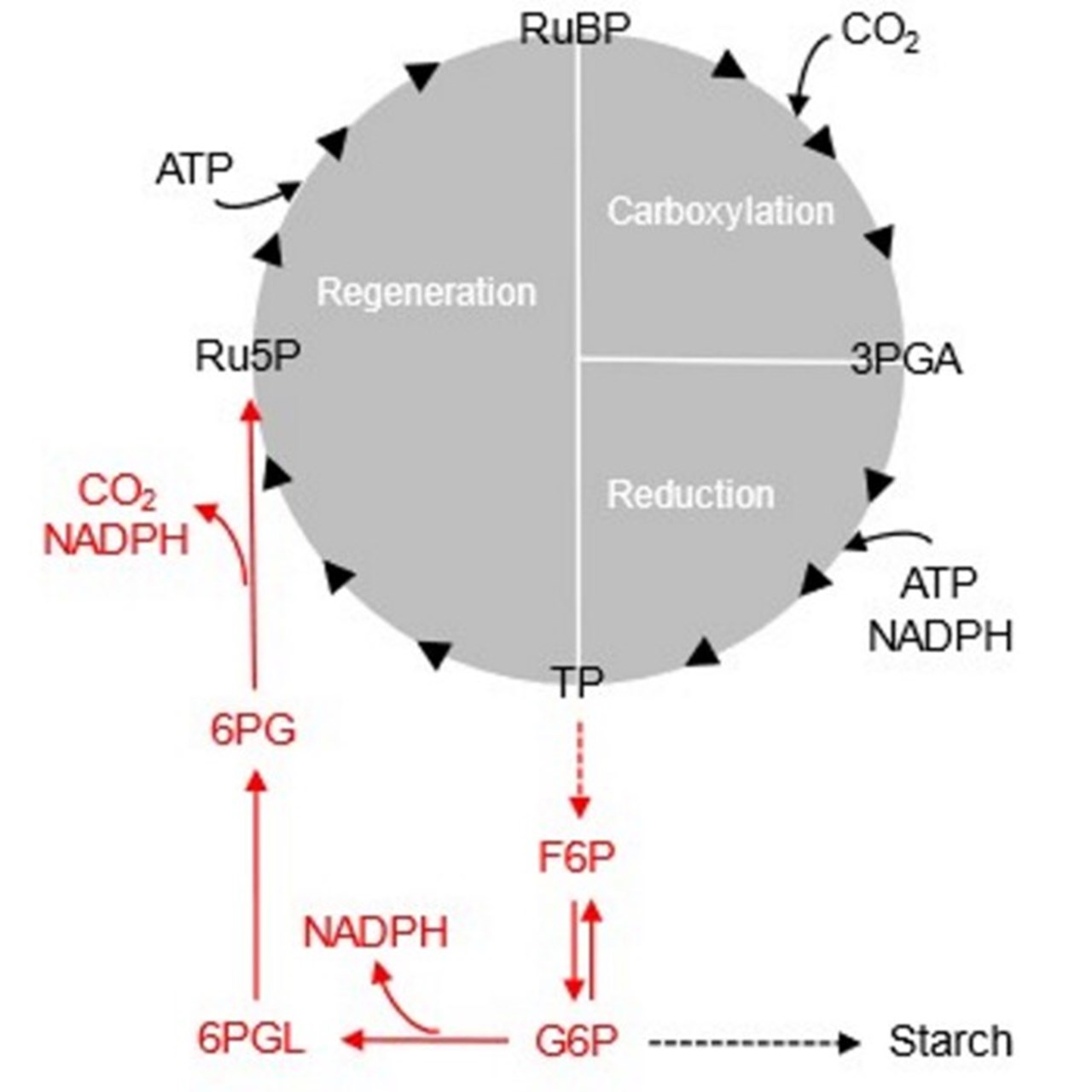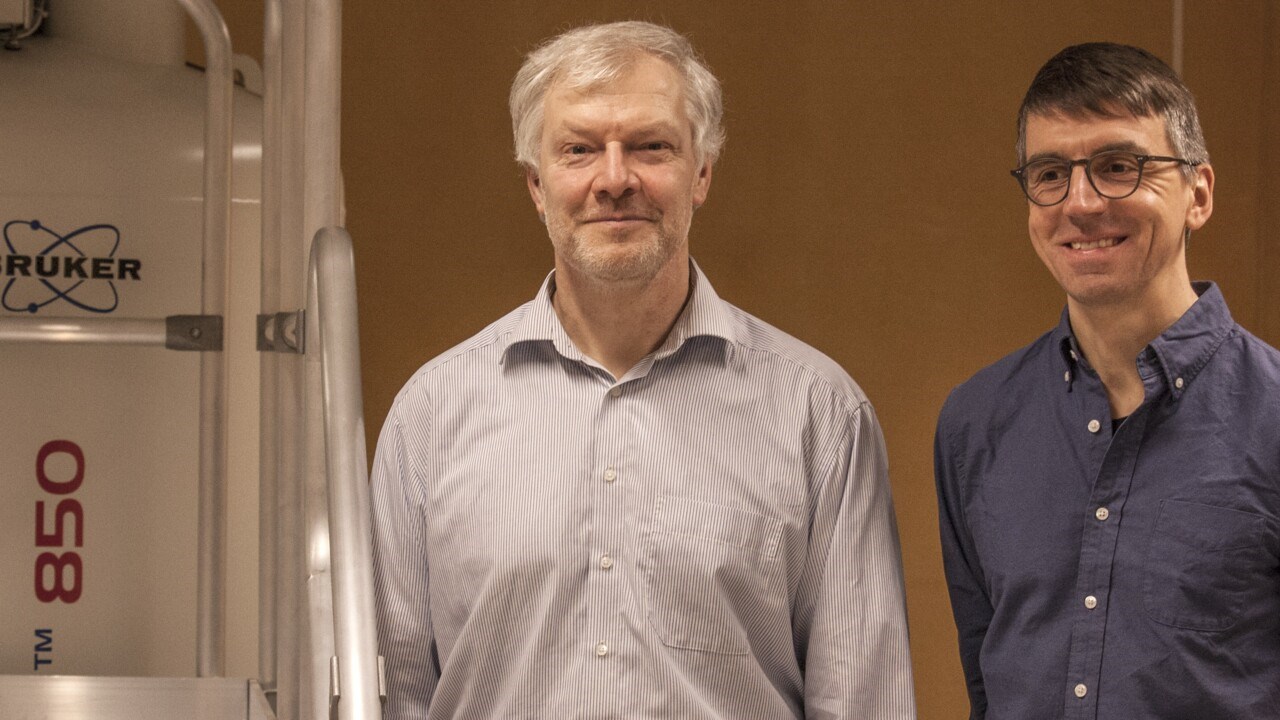About the study
Anaplerotic flux into the Calvin-Benson cycle. Hydrogen isotope evidence for in vivo occurrence in C3 metabolism
Thomas Wieloch, Angela Augusti, Jürgen Schleucher
https://doi.org/10.1111/nph.17957
https://www.science.org/doi/10.1126/science.ada0329





